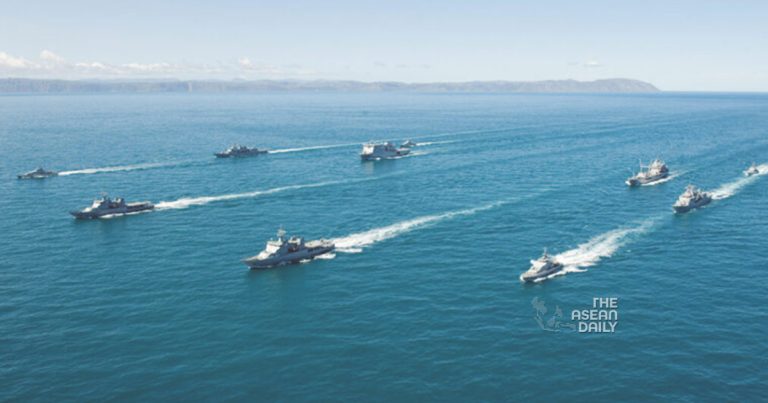28-10-2023 (SINGAPORE) The collision between a Chinese coast guard vessel and a Philippine resupply boat off the Second Thomas Shoal on Sunday (Oct 22) is the latest in a long series of flare-ups in the South China Sea. Each incident raises the question: could this be the one that ignites a more serious confrontation between China and the United States?
Tensions have undoubtedly escalated over time. The Philippines accused China of shining a “military-grade laser light” at a patrol vessel in February. In August, China reportedly fired a water cannon at a Philippine resupply mission to its grounded warship acting as a military outpost. Despite these growing tensions, the recent actions of key players – China, the United States, and the Philippines – suggest that none of them desire a full-blown confrontation at this juncture.
Chinese President Xi Jinping has expressed a willingness to cooperate with the United States and peacefully resolve their differences. American President Joe Biden has affirmed the U.S. commitment to defending its ally, should the Philippines come under attack in the South China Sea, but he has shown no appetite for war. The Philippines, while asserting its sovereign rights over the disputed shoal, has made it clear that it is not seeking a military conflict with China.
It is essential to cut through the rhetoric and understand why these nations hesitate to resort to kinetic force.
Escalation in the South China Sea: Nobody’s Interest
The truth is that escalation in the South China Sea is the last thing anyone needs. China appears to be focused on revitalizing its economy and has little to gain from further inflaming tensions. The United States, on the other hand, is already embroiled in two ongoing conflicts in Europe and the Middle East and is unlikely to want to open a “third front” in Asia, especially in the lead-up to a presidential election.
The Philippines, while unwavering in its position regarding the Second Thomas Shoal, has numerous domestic and economic challenges to address, making an armed conflict counterproductive. Moreover, U.S.-China relations have been warming up through diplomatic efforts, and there is little appetite for a military showdown. A summit between Presidents Biden and Xi is on the horizon, and significant high-level interactions have taken place in recent months.
Additionally, developments in the military domain are promising. The U.S. Department of Defense will attend the Xiangshan Forum, indicating potential progress in high-level military dialogues. The removal of Li Shangfu as China’s defense minister, previously under U.S. sanctions, may open new avenues for cooperation.
The Risk of Accidental Conflict
While the probability of a premeditated war appears low, there is a genuine risk of accidental conflict. The South China Sea is a volatile region, and a miscalculation or misjudgment of the situation on the ground could have unpredictable consequences, given the close proximity of rival maritime forces and heightened tensions.
History reminds us that previous flare-ups have, fortunately, not escalated into major confrontations. However, the evolving nature of the situation and the uncertainty surrounding it require constant vigilance. The presence of the American warship USS Dewey near the site of the recent collision likely served as a deterrent, making China think twice about more drastic actions. Beijing may have been testing Washington’s commitment to supporting Manila.
In the near future, the situation surrounding the Second Thomas Shoal will likely remain uncertain. The Philippines must carefully consider the long-term fate of the aging warship BRP Sierra Madre, especially since the recent incident involved vessels carrying materials for ship repairs. If Manila decides to construct a permanent outpost, China might respond more assertively.
Between a Rock and a Hard Place
Calls for U.S. involvement in Philippine resupply missions to Second Thomas Shoal will be closely watched, as they could put both Beijing and Washington in a difficult position. China might be forced to take more aggressive actions to halt the missions, risking direct confrontation with American forces. This would place China in a precarious position.
Meanwhile, Washington’s response will be scrutinized to determine the extent of its commitment to its formal treaty ally. The possibility of a joint Philippine-U.S. effort to resupply Second Thomas Shoal would become more likely if China refuses to de-escalate its aggressive blockading actions. Beijing should tread carefully, as it could end up in a “game of chicken” with the United States, with potentially dire consequences for the South China Sea.
Ultimately, the course of action chosen by Beijing or Washington will significantly impact the situation in the South China Sea. It remains to be seen who, if anyone, will blink first. Such a decision could set the two superpowers on a collision course, further escalating tensions in this sensitive region.




